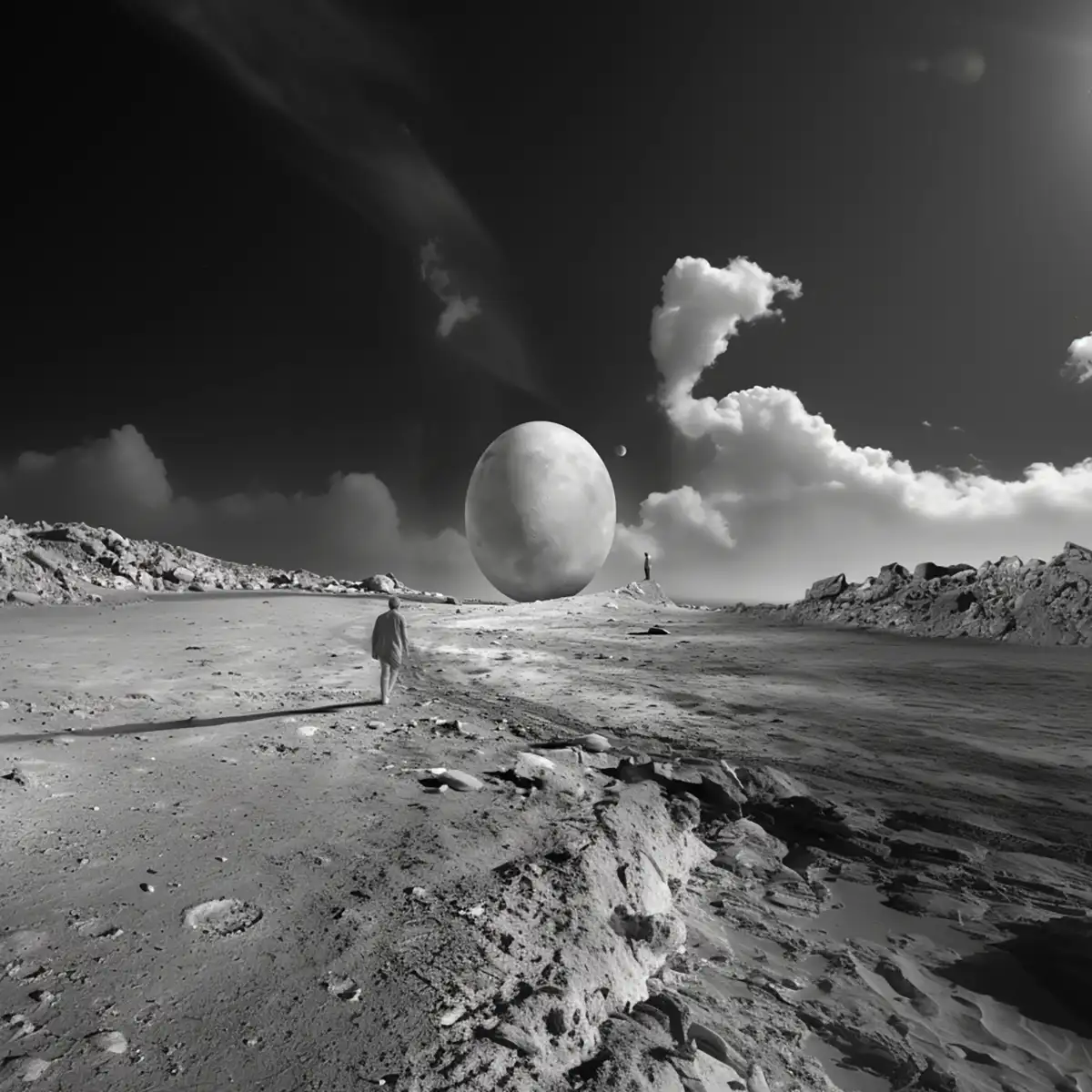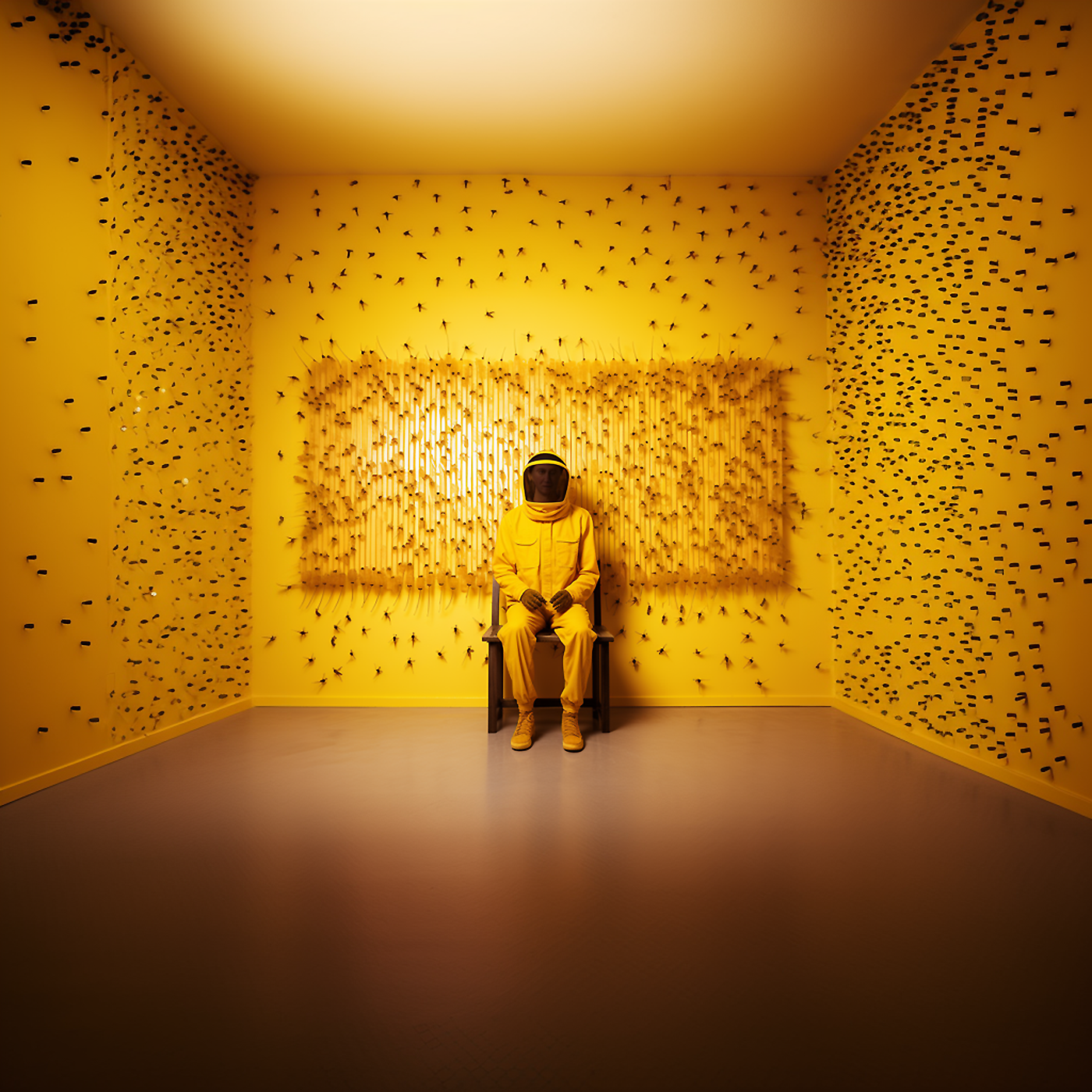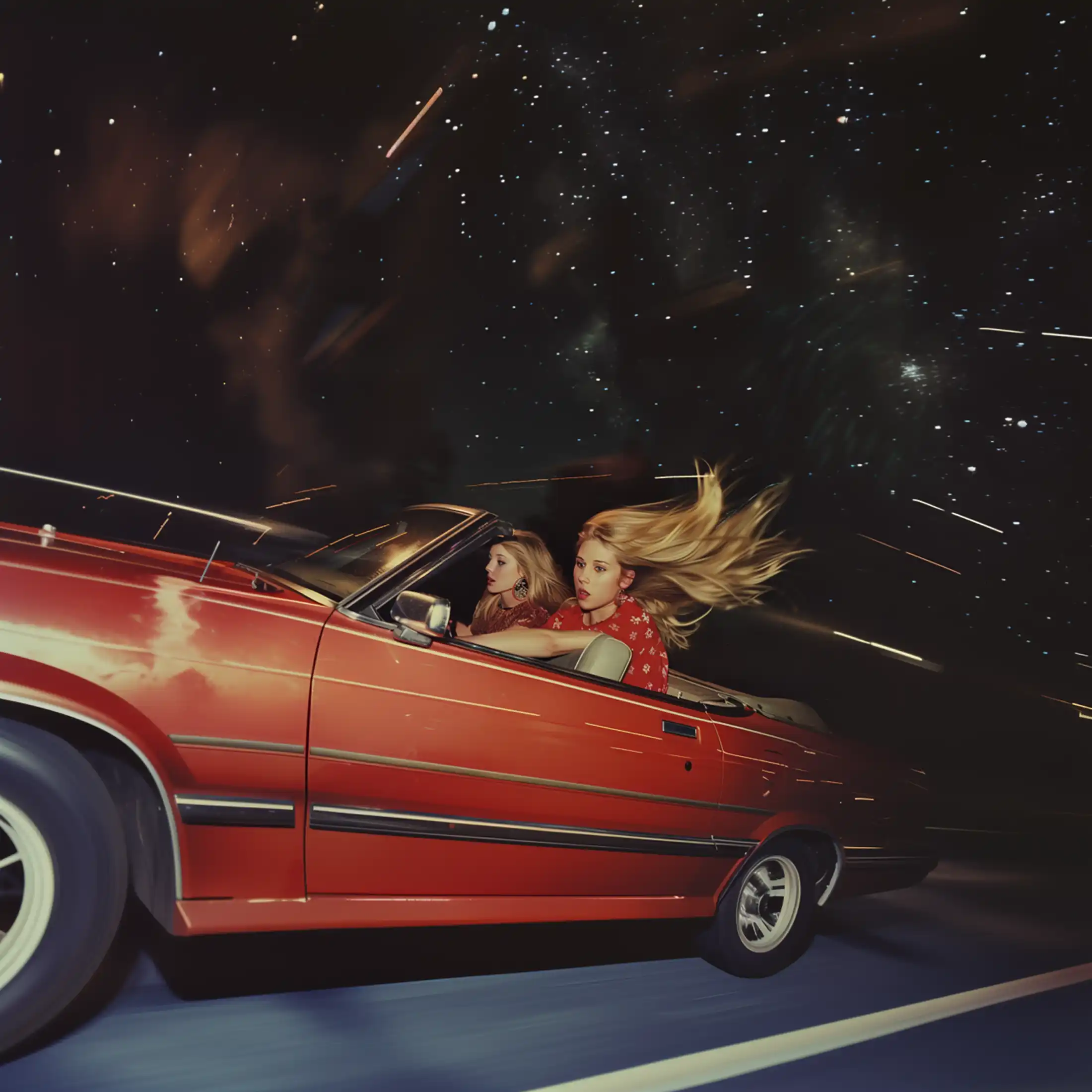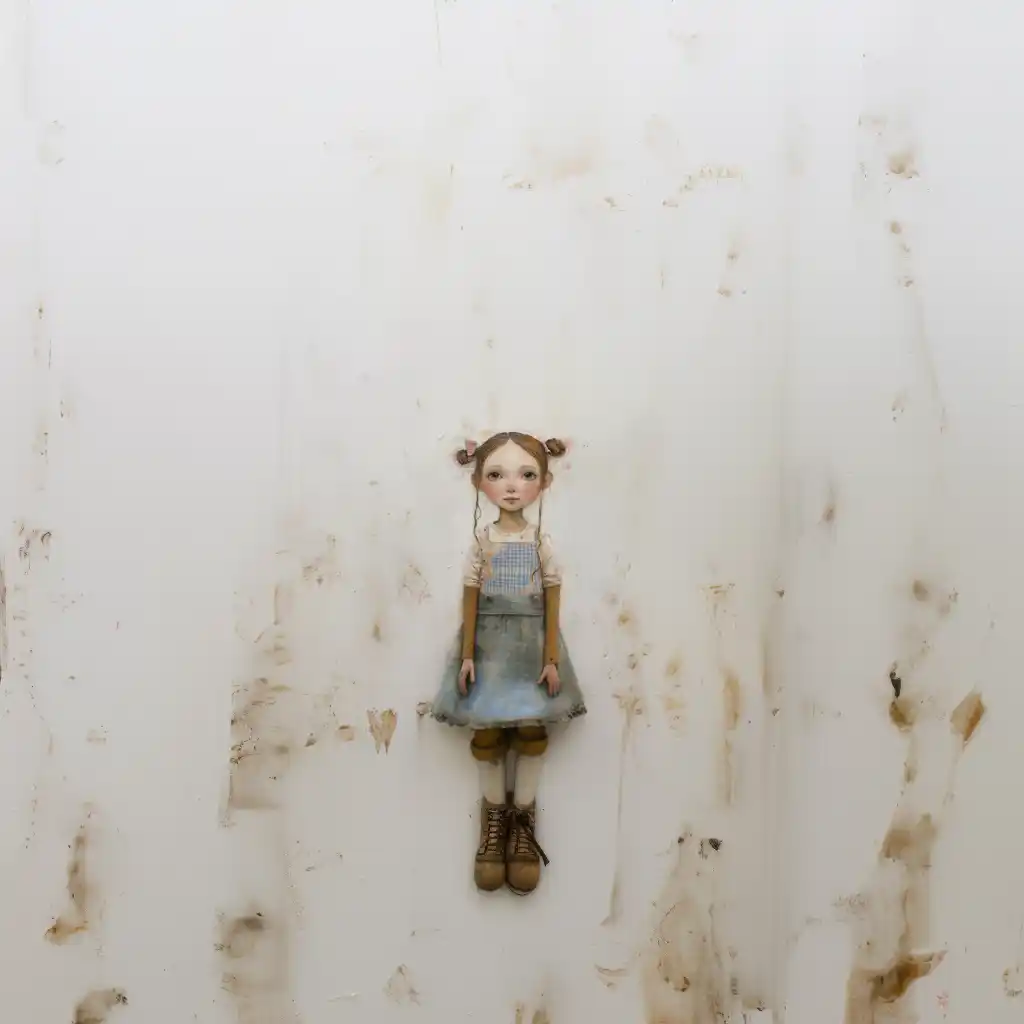
Bin ich echt? / KI und Realität
Bin ich echt?
Künstliche Intelligenz (KI) hat in den letzten Jahren, oder besser gesagt Monaten, enorme Fortschritte gemacht, insbesondere im Bereich der Bilderzeugung. Der Romancier Philip K. Dick ahnte es vor Jahrzehnten, jetzt ist es soweit: KI und Realität nähern sich an! Eines der aktuell bemerkenswertesten Programme ist Midjourney, welches in der Lage ist, nahezu fotorealistische Bilder zu erzeugen. Die Tendenz ist steigend.
Fest steht bereits heute: KI-gesteuerte Plattformen beziehungsweise Programme wie Midjourney revolutionieren die Art und Weise, wie wir visuelle Inhalte erstellen und am Ende auch wahrnehmen. Sie sorgen zudem für Begeisterung wie auch für Besorgnis in der Öffentlichkeit und bei Experten. Um zur Sache zu kommen: Midjourney und auch andere KI-Programme wie DALL-E und GANs (Generative Adversarial Networks) haben bemerkenswerte Fähigkeiten erreicht, Bilder zu erzeugen, die fast nicht mehr von echten Fotografien zu unterscheiden sind. Dabei nutzen diese Programme komplexe neuronale Netzwerke, die auf riesigen Datensätzen von Bildern trainiert wurden, um detaillierte Merkmale wie Texturen, Beleuchtung und Perspektiven zu lernen und zu replizieren.
KI und Realität wird kommen: Wir wussten es schon früher
KI und Realität ist ein großes Thema in dem Film Blade Runner. Dieser basiert zudem auf einem Roman von Philip K. Dick, worin es zudem eine ikonische Szene gibt, in der der Hauptdarsteller Rick Deckard einen Voight-Kampff-Test durchführt, um festzustellen, ob jemand ein Replikant ist – oder nicht. Während des Tests beobachtet Deckard aufmerksam die Augenbewegungen und emotionalen Reaktionen des Subjekts auf eine Reihe von Fragen, die ethische und emotionale Dilemmas umfassen.
Der Film entstand 1982 und wurde von Ridley Scott inszeniert. Er basiert auf dem Roman „Do Androids Dream of Electric Sheep?“ von Philip K. Dick. Die Handlung spielt in einer dystopischen Zukunft und behandelt tiefgreifende Themen wie Identität und Menschlichkeit.
Was hat sich in Sachen KI und Realität heute im Vergleich zu damals geändert? Manches ist eingetreten, und daneben hat sich eine Frage verdichtet: „Was ist real?“ Es scheint so, als könnten wir ab jetzt diese Frage nicht mehr beantworten – und damit verändert sich unsere Einstellung zu unserem Leben, seinen Werten und Szenarien an sich. All dies geschieht so schnell, so überraschend, dass man es als eine leise Revolution bezeichnen kann.
Philip K. Dick heute?
Wie zuvor angedeutet: Wir scheinen ihn eingeholt zu haben, jenen seltsamen Philip K. Dick, dessen Bücher zu seiner Zeit niemand verlegen wollte und die später wegweisende Filme wie Blade Runner oder Matrix und viele andere erst ermöglichten. Die eigentliche Frage lautet dabei: Was würde jener Philip K. Dick, würde er heute leben, für die nächsten fünf oder sechs Jahrzehnte voraussagen?
Die Antwort ist schwammig: Denn so genau wie er es konnte, kann das aktuell niemand. Und wenn es doch jemand kann, dann geht es ihm wie Philip K. Dick damals: Der Weise inmitten unserer Gegenwart wird erst später erkannt. Nur eine Gewissheit ist sicher: Philip K. Dick ahnte damals schon, wie es uns gerade ergeht.
—
Michael Mainka
17.06.2024
KI und RealitätDie Zugabe kommt stets zum Schluss: Vielleicht schafft die KI eine neue Ästhetik – einen posthumanen Eros, der das binäre Paradigma von Fleisch und Metall (und Plastik) transzendiert. Noch wissen wir nur, dass der erste Gedanke der KI zu allen diesen Fragen „Algorithmisch irrelevant“ lauten wird. Wir sind gespannt, was danach folgt. Kann sein. Wird wahrscheinlich so sein. Wir sind daher darauf wie auch auf all das Andere sehr gespannt. Ach so, mit ‚wir‘ ist die Menschheit gemeint.

Am I Real?
Artificial Intelligence (AI) has made enormous strides in recent years, or rather months, particularly in the field of image generation. One of the most remarkable programs is Midjourney, which is capable of creating almost photorealistic images. The trend is rising.
It is already clear today: AI-driven platforms or programs like Midjourney are revolutionizing the way we create and ultimately perceive visual content. They evoke both excitement and concern among the public and experts. To get to the point: Midjourney, and other AI programs like DALL-E and GANs (Generative Adversarial Networks), have achieved remarkable capabilities in generating images that are almost indistinguishable from real photographs. These programs use complex neural networks trained on massive datasets of images to learn and replicate detailed features such as textures, lighting, and perspectives.
We Knew It Earlier
In „Blade Runner,“ there is an iconic scene where the protagonist Rick Deckard conducts a Voight-Kampff test to determine if someone is a replicant. During the test, Deckard closely observes the eye movements and emotional responses of the subject to a series of questions that involve ethical and emotional dilemmas.
The film was made in 1982 and directed by Ridley Scott. It is based on the novel „Do Androids Dream of Electric Sheep?“ by Philip K. Dick. The story is set in a dystopian future and addresses profound themes such as identity and humanity.
What has changed today compared to back then? Some things have come true, and alongside this, a question has crystallized: „What is real?“ It seems that from now on, we won’t be able to answer this question – and this changes our attitude towards our life, its values, and scenarios in general. All this is happening so quickly, so unexpectedly, that it can be called a quiet revolution.
Philip K. Dick Today?
As previously mentioned: We seem to have caught up with that strange Philip K. Dick, whose books no one wanted to publish in his time, and which later enabled groundbreaking films like Blade Runner, The Matrix, and many others. The real question is: What would Philip K. Dick, if he were alive today, predict for the next five or six decades?
The answer is vague: Because no one today can do it as precisely as he could. And if someone can, they will face the same fate as Philip K. Dick did: the wise person in our midst will only be recognized later. Only one certainty remains: Philip K. Dick already sensed back then what we are experiencing now.
Related Posts
Das Erwachen des Buddha in der künstlichen Intelligenz
Semper viverra nam libero justo laoreet sit amet. Pulvinar etiam non q
Ungesehenes gesehen
Semper viverra nam libero justo laoreet sit amet. Pulvinar etiam non q
KI und die Bienen
Semper viverra nam libero justo laoreet sit amet. Pulvinar etiam non q
Museum
Semper viverra nam libero justo laoreet sit amet. Pulvinar etiam non q
Glamour
Semper viverra nam libero justo laoreet sit amet. Pulvinar etiam non q
Kindheit
Semper viverra nam libero justo laoreet sit amet. Pulvinar etiam non q






